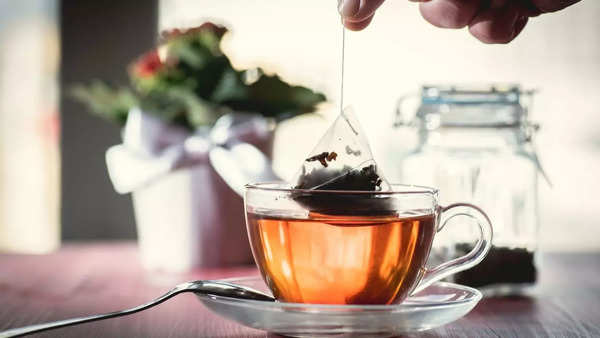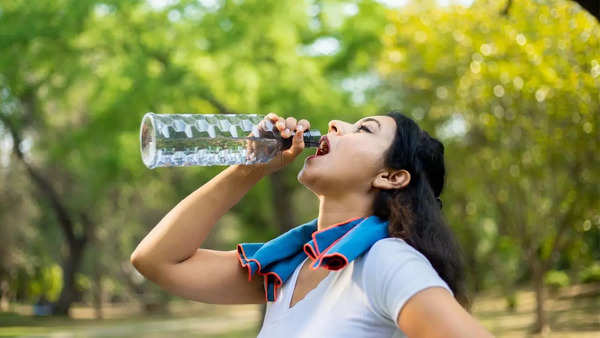Not just brain, studies done in the past, have established that microplastics and nanoplastics are making their way into lung, liver, the testes and the penis, human blood, urine and feces, mother’s milk and even placenta.
Microplastics also make their way into our body through food. Here are 5 foods that have the maximum amount of microplastics.
Sugar and salt
The most common kitchen condiments hide a considerable amount of micro-plastics in them which may make their way into the food items by way of plastic packaging or storage in plastic containers. A study, titled ‘Microplastics in Salt and Sugar’ done by environmental research organisation Toxics Link, tested 10 types of salt that included table salt, rock salt, and sea salt apart from five types of sugar purchased from online and local markets. The study found microplastics in all the samples in different forms, including fibre, pellets, films and fragments and the size of these microplastics ranged from 0.1 mm to 5 mm. Another study done in 2023 study found Himalayan pink salt mined from the ground had the most amount of microplastics, followed by black salt and marine salt.
Tea bags

Tea bags is one of the major culprits that could be exposing the human body to microplastics. The plastics in them could take hundreds of years to decompose in nature, and the fragment size could be between 1 µm to 5 mm, or MPs4. What makes it worse is the high temperature of the water when tea bags are dipped into them which could lead to release of harmful materials. Tea lovers must be careful about using tea bags as they could be exposing themselves with billions of plastic particles, many of which can infiltrate into human cells.
Rice
Rice is a staple in our diet and this is something which could also be increasing our exposure to micro-plastics. A University of Queensland study found that for every half cup or 100 gm of rice people eat, they consume 3-4 milligrams of plastic. Instant rice could increase the risk manifold as there may be 13 milligrams of microplastics per serving. It is important to wash your rice thoroughly before use to reduce plastic contamination.
Seafood
Seafood lovers need to be aware of the huge amount of microplastics that can travel through wastewater into the ocean, and get consumed by sea animals. The microplastics accumulated in the animals can make their way into human bodies. A 2020 study of microplastics in different types of seafood found plastic in every sample.

Bottled water
Your drinking water could store up to 2,40,000 plastic fragments, it was revealed in a recent study published in the journal Proceedings of the National Academy of Sciences. A unique imaging technique was used to detect thousands of tiny bits of plastic in common single-use bottles of water. The study found that around 90 per cent of these tiny plastic bits are nanoplastics, which can be absorbed into human cells and tissue, as well as cross the blood-brain barrier. Every time you open and close the cap of the bottle, more of microplastics make their way into the water.
Monkeypox infection: When to seek medical help
Source link
Modified by Maaaty at Cheap Generic Pharmacy

